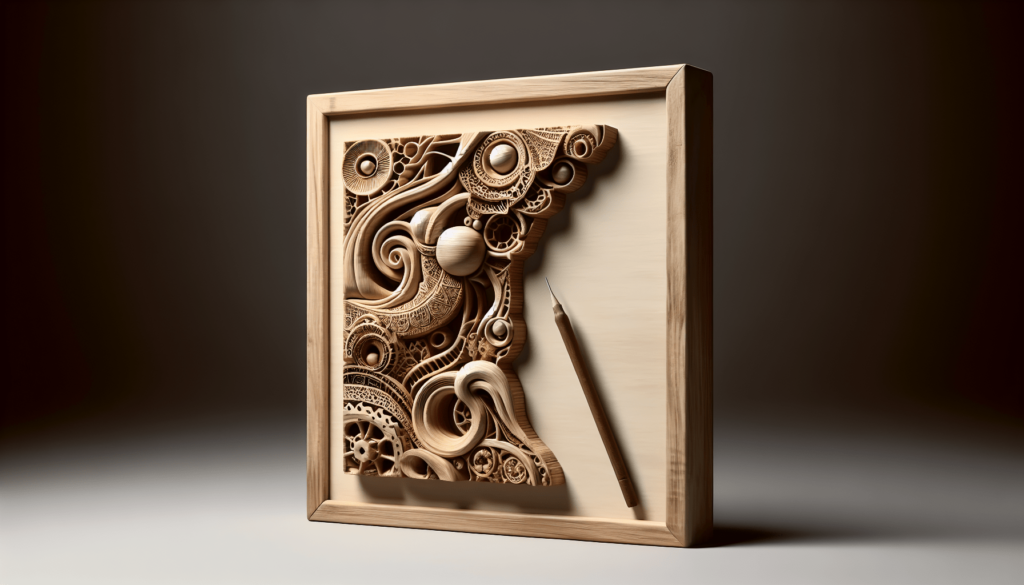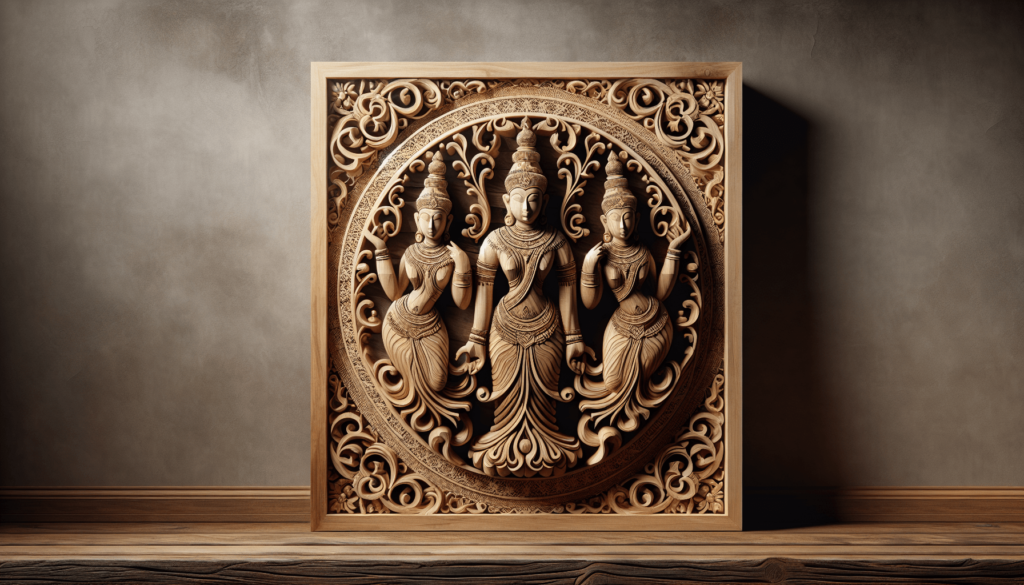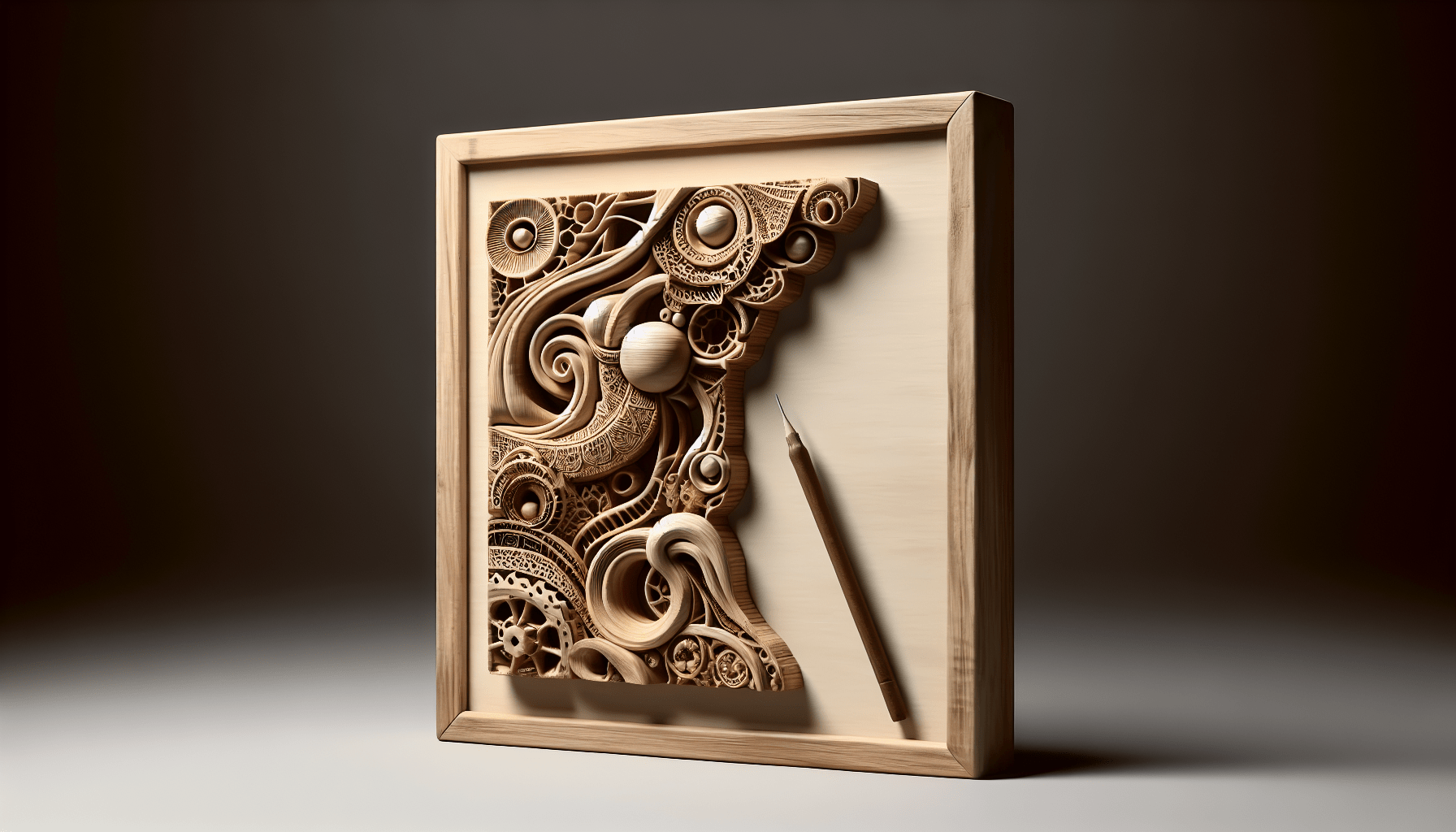Is wood carving art or craft? It’s one of those questions that can turn a dinner party into a philosophical debate, complete with gesturing hands and half-drunk wine glasses. Considering I don’t know what your stance is, I’ll try to break it down as comprehensively—and conversationally—as possible.

The History of Wood Carving
Before delving into the art versus craft debate, let’s backtrack a bit and look at where wood carving comes from. Ancient civilizations, from the Egyptians to the Greeks, have used wood as a medium to create everything from functional tools to elaborate decorations. Think about the intricate wooden masks from African tribes or the ornate designs on European church pews. These aren’t just random whittlings; they are a testament to craftsmanship and creativity passed down through generations.
Is it Art?
Many people argue that wood carving is an art because it involves creativity, emotional expression, and a high level of skill. When we look at wood sculptures by artists like Michelangelo or contemporary carvers, the focus is often on how they capture the essence of their subjects, whether human or animal.
Consider this: When you’re standing in front of a wooden sculpture, lost in its intricacies, are you appreciating it as a piece of art? It probably evokes some kind of emotional response, right? That’s the hallmark of art.
Is it Craft?
On the other hand, there is a strong argument for wood carving being a craft. Craftsmanship involves mastering a particular technique or skill, often with the aim of creating functional items. A beautifully carved wooden chair, for instance, is both practical and aesthetically pleasing. The word “craft” itself implies an element of utility, not just beauty.
The Gray Area
Here’s where things get complicated: the lines between art and craft are not black and white. Many wood carvings serve both functional and aesthetic purposes. For example, Native American totem poles are rich in symbolic meaning and require incredible skill to create, yet they also have specific cultural and ceremonial purposes.
Emotional Expression
Art is often defined by its ability to convey emotions. When a wood carver painstakingly shapes a piece, they are not merely creating an object; they are essentially translating their emotions, or perhaps the collective emotion of their culture, into something tangible. That’s a deep connection one might argue only art can boast.
Mastery of Technique
Conversely, the nuanced skills required for wood carving—knowing how to manipulate different types of wood, which tools to use, and how to achieve a desired texture—are aspects more commonly associated with craft. These elements need extensive practice and a deep understanding of materials and techniques.

Cultural Perspectives
Interestingly, different cultures may have varying interpretations of what constitutes art and craft. In some cultures, traditional wood carving holds a revered status similar to that of fine art in Western cultures. If we expand our lens, considering global perspectives can challenge our own preconceived notions about the distinctions between art and craft.
Functional Yet Beautiful
One of my favorite examples of wood carving’s duality is Japanese joinery. These intricate wooden joints are not merely functional; they are also beautiful in their precision and elegance. Japanese homes and temples often use these joints to create stunning architectural features. So, are they art or craft? I’d say they’re both.
Tables for Clarity
Differences Between Art and Craft in Wood Carving
| Criteria | Art | Craft |
|---|---|---|
| Emotional Expression | High | Moderate |
| Functionality | Low | High |
| Skill | High | High |
| Cultural Significance | Varies | Varies |
Subjectivity in Perception
The debate often boils down to one’s subjectivity. What might be art to one person could be a craft to another, and vice versa. If you walked into a gallery and saw a delicately carved wooden sculpture, your perception might hinge on your personal definition of art versus craft.
The Role of Setting
Another factor to consider is the setting where these pieces are displayed. Wood carvings in a museum or art gallery are likely to be viewed as art, while the same carvings at a craft fair might be seen as functional craft items. Context matters, altering our perception significantly.
Artistic Integrity
Both wood carving as an art and as a craft require integrity and dedication. The carver pours a piece of their soul into the wood, and that commitment fosters a unique bond between the creator and their creation. Whether you call it art or craft, it becomes a form of self-expression that speaks volumes.
Conclusion: Why Not Both?
After navigating through these perspectives, I can’t help but lean towards a blended view: Wood carving is both art and craft. The distinction isn’t as crucial as the acknowledgment of the skill, creativity, and passion that go into creating each piece.
Final Thoughts
The story behind each wood carving, whether it’s an elegant sculpture or a simple chair, adds layers to its identity. It’s not just about what the piece is, but what it took to create it. The debate about whether wood carving is art or craft may never be settled, but perhaps that’s part of its charm—an endless conversation that invites us to look deeper.
So, what do you think? Next time you’re at a dinner party, you might just find yourself debating whether wood carving belongs in the realm of fine art or skilled craft, all while marveling at the incredible skill it entails.

